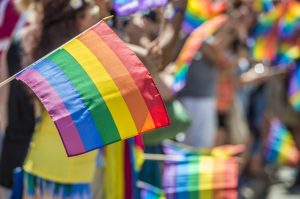
Brain fingerprints
This post argues that neurodiversity is normal and humans cannot be boxed; brains are uniquely individual. Recent neuroscience mapping identified 180 cortical areas, revealing individual ‘brain fingerprints’ that highlight brain individuality and advance understanding of functional brain differences across populations.

